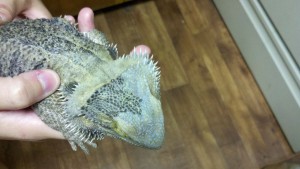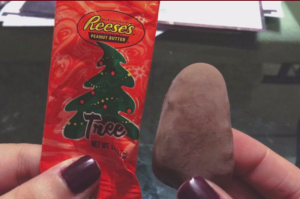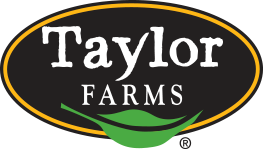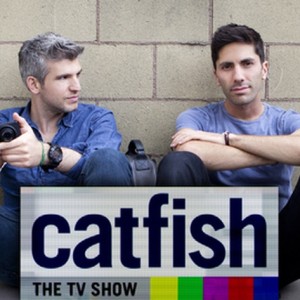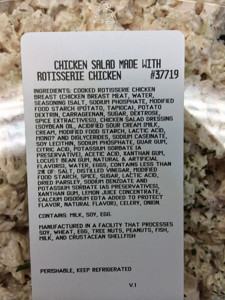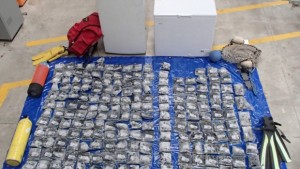Supply chains are messy and as products get co-mingled, mixed and distributed tracking down contamination sources gets difficult. An outbreak of hepatitis A linked to frozen berries in New Zealand is getting political as government officials were questioned by law makers, according to Scoop.
Ministry for Primary Industries officials say no link was found between frozen berries from China blamed for an outbreak of Hepatitis A in Australia early this year and fruit finding its way onto the New Zealand market.
Director-General Martyn Dunne and deputies Scott Gallacher and Deborah Roche were appearing before the primary production select committee for the ministry’s annual review and were questioned by Labour’s food safety spokesman Damien O’Connor and Green MP Stefan Browning on why no brands or countries of origin for contaminated frozen berries had been identified yet.
Australia had at least 28 cases of Hepatitis A that were tied to brands of frozen berries imported from China. Gallacher said the two countries shared a lot of information after Australia was able to identify both the strain of the virus and a specific brand, and New Zealand officials did “due diligence” to ensure that brand wasn’t supplying New Zealand and “hasn’t been to this day.” (but were the same farms selling to other brands? -ben)
O’Connor, who has a boysenberry farm at Motueka, asked if there was any reason to think any other source countries were involved, to which Gallacher said stricter screening had been put in place for all imported berries because the information to date hadn’t identified the source country. Dunne added that it was “not fair to that country because we’re not sure.”
“At what stage will New Zealand consumers or businesses know they’ve got contaminated berries in their freezer or what brands they should stop buying,” O’Connor asked, to which Gallacher replied it would hopefully be very shortly as MPI further refines its investigation.


